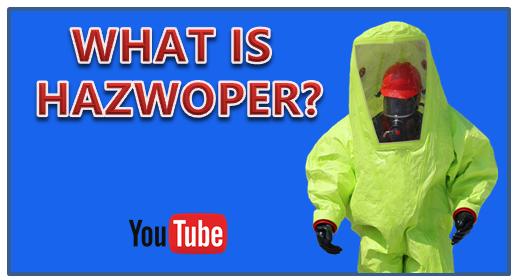
Sprains and Strains
Strains and sprains are among the most common causes of workplace injury. A sprain is a stretch or tear in a ligament, which is the connective tissue between bones. A...
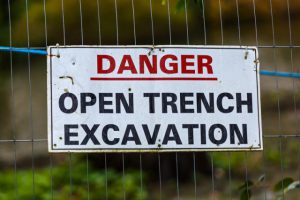
Trench Safety
23 construction workers died in trench collapses in 2016, which exceeded the total number of trench-related construction deaths from 2014 and 2015 combined. In response, the Kentucky Fatality Assessment and...

DOT Hazmat Requirements
The U.S. Department of Transportation (DOT), through the Pipeline and Hazardous Materials Safety Administration (PHMSA), requires that workers involved in the transportation of hazardous materials meet various training requirements. These...
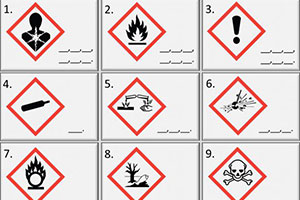
HAZCOM Pictograms
The Hazard Communication Standard (HCS) requires pictograms on labels when users may be exposed to chemical hazards. Each of the HCS pictograms conveys a specific hazard(s) and it’s important for...
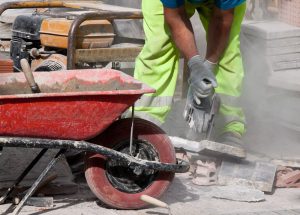
Respirable Crystalline Silica Standard
OSHA’s enforcement of the Respirable Crystalline Silica Standard for Construction is set to begin on September 23, 2017. The rule is intended to limit respirable crystalline silica exposure in workers,...

Hearing Protection
Approximately 22 million workers are exposed to hazardous noise in the workplace. Exposure to high levels of noise can cause permanent ringing in the ears, hearing loss, and other serious...
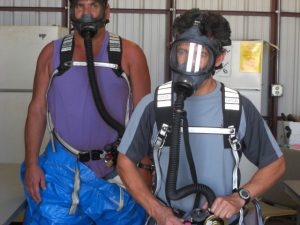
Personal Protective Equipment
When employees are not adequately protected from hazards on the job, employers are required to provide employees with personal protective equipment (PPE) and ensure its use. However, employees often become...
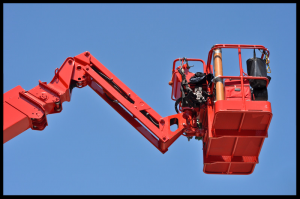
Aerial Lift Safety
Aerial lifts are commonly used on job sites due to their mobility and flexibility. When accessing an above ground job site with an aerial lift, safe work practices can prevent...
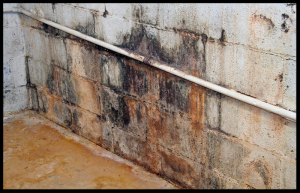
Mold in the Workplace
Mold can grow on nearly any surface and can cause adverse health effects, such as immediate or delayed allergic reactions. In some individuals, molds can cause asthma attacks, as well...

